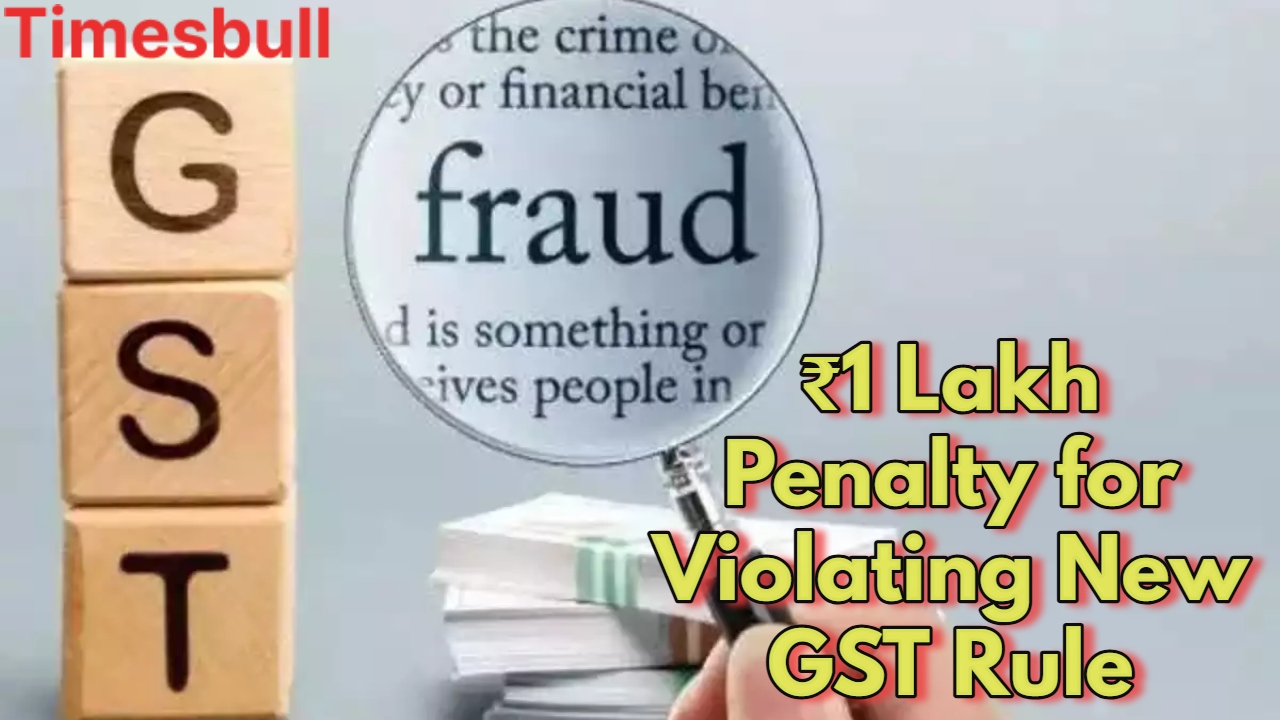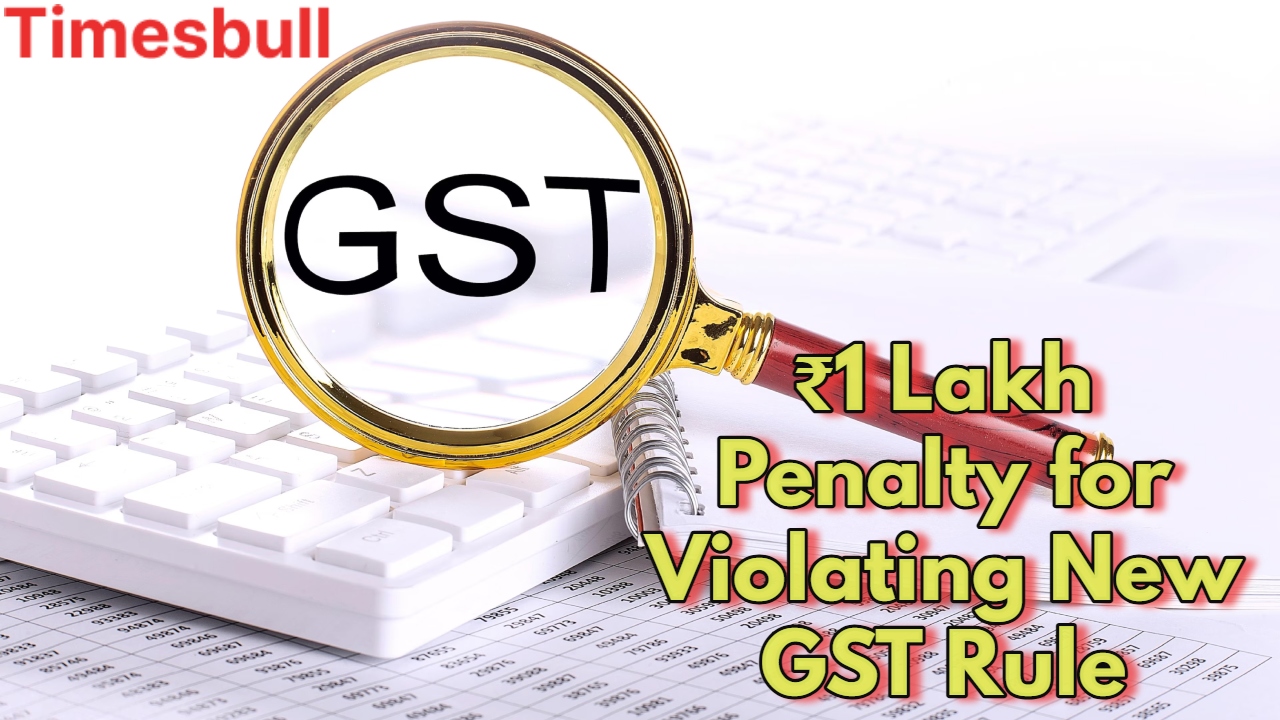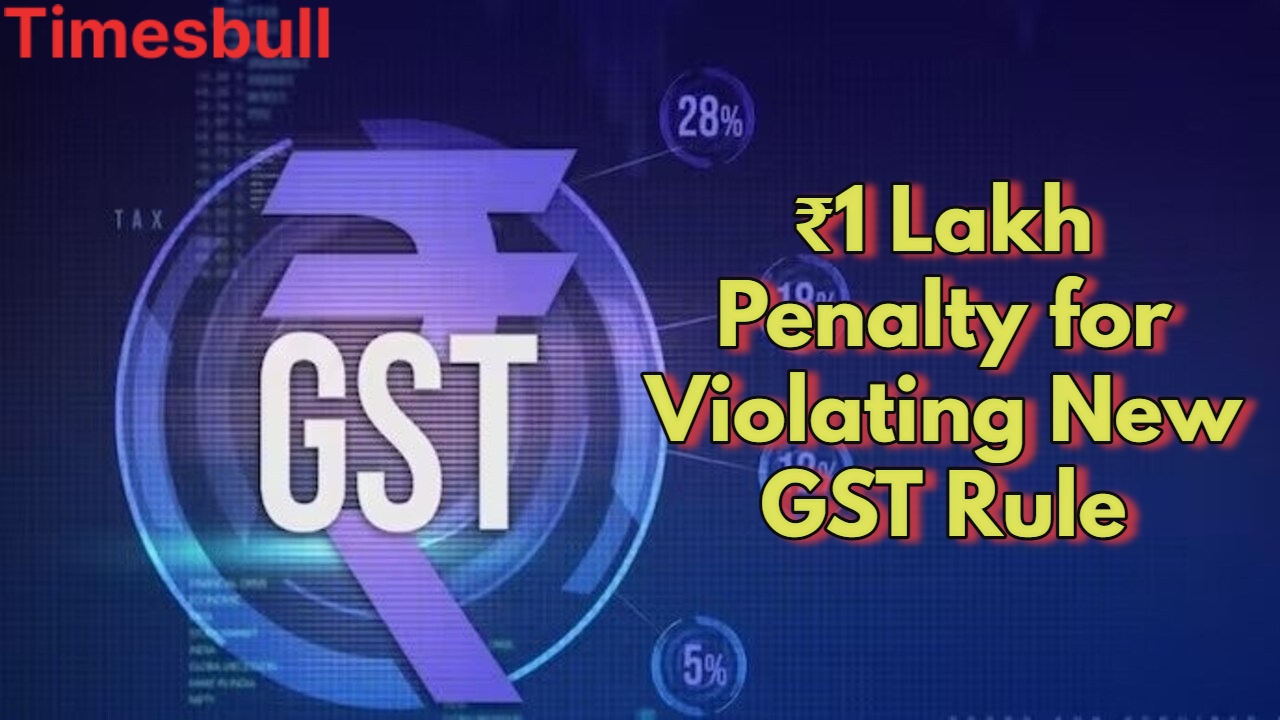In the new financial year 2025-26, which starts from April 1, the government is going to implement a powerful ‘Track and Trace’ mechanism to catch the theft of Goods and Services Tax (GST). This mechanism was announced in the budget presented in July for the current financial year. Although no official notification has been issued in this regard yet, experts believe that this system will start working at the ground level in April. This move will prove to be a big blow to GST evaders and will increase the government’s revenue.
Tightening grip on selected items

GST expert and chartered accountant Praveen Sharma says that the track and trace mechanism will be used for certain types of goods. It is believed that this system will apply to the entire supply chain of goods like the FMCG (fast-moving consumer goods) sector, tobacco-related products, as well as medicines and cosmetics. It is often seen that the sales of these types of goods are shown less than the actual supply, due to which there is a possibility of GST theft. Under this mechanism, the government will have complete information from leaving the factory to reaching the retail shop.
Read More:- Want to Make Lakhs from Farming, Start Jute Cultivation Now
Read More:- Delhi’s Healthcare Revolution: Affordable Medicines for All at Government Hospitals
The GST department will give special codes and software
The GST department will give its special software to the manufacturers of goods coming under this system. Manufacturers will have to create a special code for selected goods. This code will be linked to the software, due to which it will not be possible to manipulate the information of supply of goods in any way. This will ensure a strong and transparent system, which will reduce the possibility of GST theft to a great extent.
Heavy penalty for violating the rules
According to experts, if the manufacturers of goods coming under the track and trace mechanism do not adopt it, they may have to pay a fine of at least ₹ 1 lakh. This will be a strong incentive for rule makers to take this new system seriously and implement it. The government is now in a mood to take a more strict attitude towards GST evasion.
Other changes in GST rules from April 1
Some other important changes in GST rules are also going to be implemented from April 1:
E-invoicing

Traders doing a turnover of more than ₹ 10 crore annually will now have to provide information about it on the Invoice Registration Portal (IRP) within 30 days of the issuance of e-invoice. Earlier there was no time limit for providing such information. This change will force businesses to provide timely and accurate information.
Identity verification
From April 1, users of the GST portal will have to provide information about their multiple identities for strong identification. Old users will also have to update their identity. Further, if a trader has multiple GST registrations in different states on the same PAN number, it will be mandatory for such trader to register as an Input Service Distributor (ISD) for the distribution of Input Tax Credit (ITC). This move will help prevent fake registrations and misuse of ITC.
Read More:- A PAN Card is More Than Just a Number, Here’s How It Benefits You
